
Cognitive and Energy Harvesting-Based D2D Communication in Cellular Networks: Stochastic Geometry Modeling and Analysis
Product Description
Cognitive and Energy Harvesting-Based D2D Communication in Cellular Networks: Stochastic Geometry Modeling and Analysis
Abstract— While cognitive radio enables spectrum-efficient wireless communication, radio frequency (RF) energy harvesting from ambient interference is an enabler for energy-efficient wireless communication. In this paper, we model and analyze cognitive and energy harvesting-based device-to-device (D2D) communication in cellular networks. The cognitive D2D transmitters harvest energy from ambient interference and use one of the channels allocated to cellular users (in uplink or downlink), which is referred to as the D2D channel, to communicate with the corresponding receivers. We investigate two spectrum access policies for cellular communication in the uplink or downlink, namely, random spectrum access < Final Year Projects 2016 > RSA policy and prioritized spectrum access (PSA) policy. In RSA, any of the available channels including the channel used by the D2D transmitters can be selected randomly for cellular communication, while in PSA the D2D channel is used only when all of the other channels are occupied. A D2D transmitter can communicate successfully with its receiver only when it harvests enough energy to perform channel inversion toward the receiver, the D2D channel is free, and the signal-to-interference-plus-noise ratio (SINR) at the receiver is above the required threshold.
Including Packages
Our Specialization
Support Service
Statistical Report

satisfied customers
3,589
Freelance projects
983
sales on Site
11,021
developers
175+Would you like to submit yours?

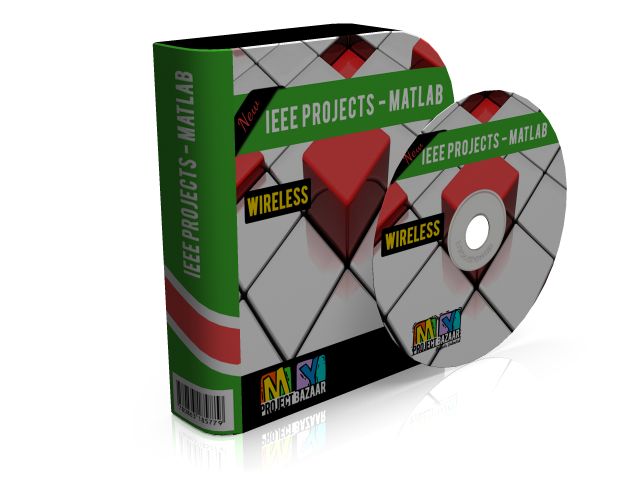










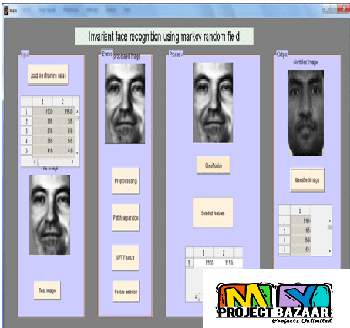
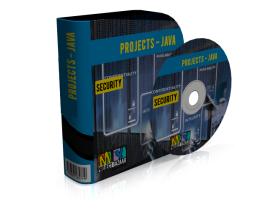
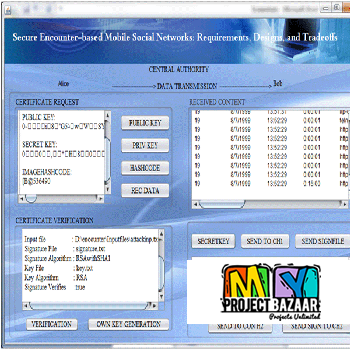
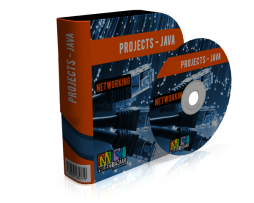
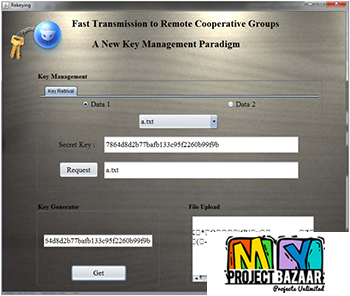


There are no reviews yet